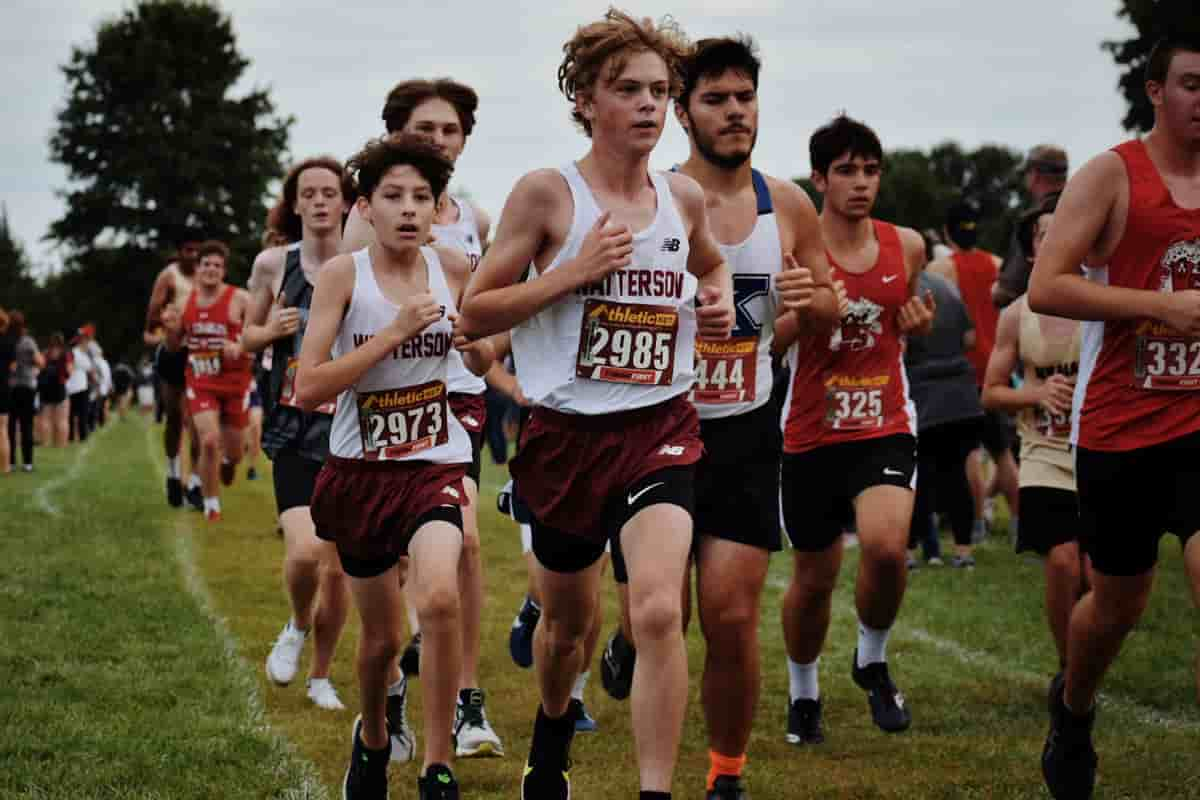Breaking Barriers: Empowering Women in Athletics
In recent years, women in sports have made remarkable strides, challenging stereotypes and breaking barriers that once seemed insurmountable. From grassroots initiatives to professional leagues, the empowerment of women in sports is a powerful movement that is reshaping the athletic world and inspiring future generations.
The Historical Context
Historically, women have faced significant obstacles in sports, from limited opportunities and funding to societal attitudes that questioned their place in athletics. Title IX, the landmark U.S. federal law passed in 1972, was a pivotal moment that mandated equal opportunities for women in educational programs, including sports. This legislation laid the groundwork for increased participation and support for women in athletics.
Current Landscape and Progress
Today, women athletes are achieving unprecedented success and visibility. High-profile events like the FIFA Women’s World Cup and the Olympics showcase the incredible talent and determination of female athletes. Professional leagues, such as the Women’s National Basketball Association (WNBA) and National Women’s Soccer League (NWSL), provide platforms for women to excel at the highest levels of competition.
- Increased Participation: More girls and women are participating in sports than ever before. According to the Women’s Sports Foundation, the number of high school girls participating in sports has grown from 294,015 in 1971 to over 3.4 million today. This increase is mirrored in collegiate and professional levels, highlighting a growing interest and commitment to women’s sports.
- Media Coverage and Sponsorship: Media coverage of women’s sports has improved, although it still lags behind men’s sports. The success of female athletes like Serena Williams, Simone Biles, and Megan Rapinoe has garnered significant media attention and sponsorship deals, demonstrating that there is a market for women’s sports. Companies are increasingly recognizing the value of investing in female athletes and teams, which helps promote gender equality in sports.
- Role Models and Inspiration: Successful women athletes serve as role models, inspiring young girls to pursue their athletic dreams. They demonstrate that with hard work, dedication, and resilience, barriers can be overcome. These role models also challenge societal norms, showing that women can excel in traditionally male-dominated sports and roles.
Challenges and Areas for Improvement
Despite the progress, challenges remain in the quest for gender equality in sports. Addressing these issues is crucial for the continued empowerment of women athletes.
- Pay Disparities: One of the most glaring issues is the pay gap between male and female athletes. High-profile cases, such as the U.S. Women’s National Soccer Team’s fight for equal pay, highlight the need for equitable compensation. While some progress has been made, significant disparities persist across many sports.
- Resource Allocation: Women’s sports often receive less funding and resources compared to men’s sports. This disparity affects everything from training facilities and equipment to coaching and medical support. Ensuring equal access to resources is essential for leveling the playing field.
- Media Representation: Although media coverage has improved, women’s sports still receive a fraction of the attention given to men’s sports. Increased media representation can help normalize women’s sports, attract sponsors, and inspire more girls to participate.
- Cultural Attitudes: Societal attitudes towards women in sports continue to pose barriers. Stereotypes and biases about women’s physical capabilities and roles persist, undermining their achievements and contributions. Educational and awareness campaigns are necessary to challenge and change these perceptions.
Initiatives and Advocacy
Numerous organizations and initiatives are working to address these challenges and promote gender equality in sports.
- Grassroots Programs: Programs like Girls on the Run and the Women’s Sports Foundation provide support and resources for young girls to engage in sports, promoting physical activity, confidence, and leadership skills.
- Advocacy Organizations: Groups such as Athlete Ally and Women in Sport advocate for policy changes and increased support for women athletes. They work to raise awareness about gender inequality in sports and push for systemic changes.
- Corporate Partnerships: Many corporations are partnering with women’s sports organizations to provide funding, sponsorship, and visibility. These partnerships are crucial for the financial sustainability and growth of women’s sports.
The Future of Women in Sports
The future of women in sports looks promising, with ongoing efforts to break down barriers and create a more inclusive and equitable athletic landscape. Continued advocacy, investment, and cultural shifts are essential for sustaining this progress.
- Youth Development: Encouraging young girls to participate in sports from an early age is crucial. Providing them with opportunities, support, and role models will help cultivate the next generation of female athletes.
- Policy and Legislation: Continued advocacy for policies that promote gender equality in sports, such as equal pay legislation and funding mandates, is vital. These policies can help ensure that women athletes receive the recognition and compensation they deserve.
- Cultural Change: Shifting societal attitudes towards women in sports requires ongoing education and awareness efforts. Celebrating the achievements of women athletes and challenging stereotypes will help create a more inclusive sports culture.
Conclusion:
The journey towards empowering women in sports is ongoing, but the progress made thus far is a testament to the resilience and determination of female athletes and their supporters. By continuing to address challenges and promote equality, we can ensure that women in sports have the opportunities and recognition they deserve, paving the way for future generations to excel and inspire.


